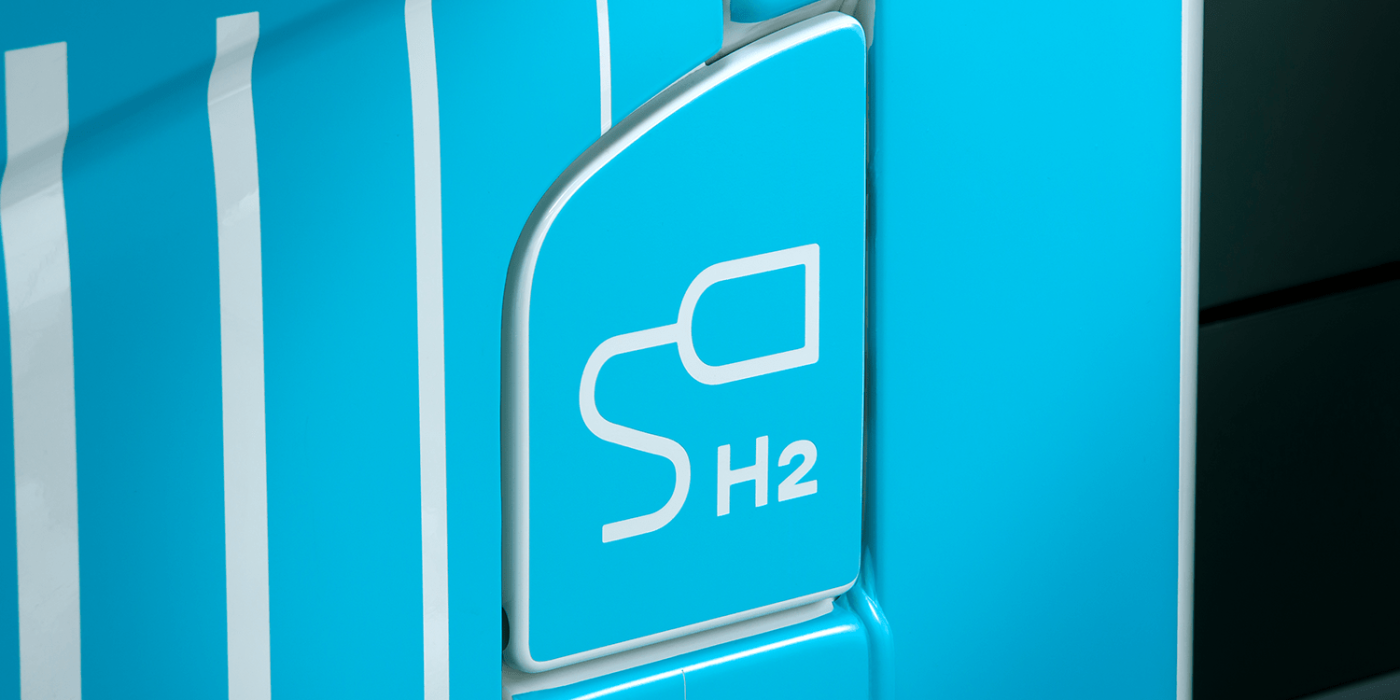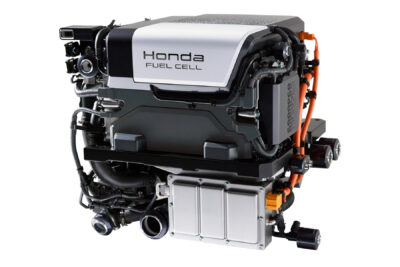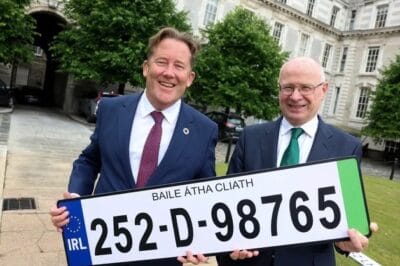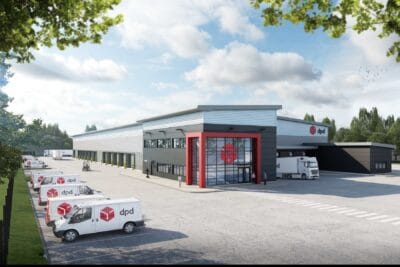Renault fuel cell vans in regional focus in France
This is less surprising. Project partner HYmpulsion is, in fact, a joint venture between the Auvergne-Rhône-Alpes region with Engie, Michelin, Credit Agricole and Banque des Territoires from the private sector and funded by ADEME, among others. The declared goal is to make the region a pioneer of hydrogen mobility in France and one of the first carbon-neutral territories at the European level.
For the present project with Renault, HYmpulsion is to set up more than 15 hydrogen refuelling stations in the region and support Hyvia in servicing a growing fleet. The company plans to deliver around fifty FCEVS in 2024.
But the overall plan in the region envisions 400 hydrogen vans and 80 heavy-duty fuel cell commercial vehicles, including 50 retrofitted regional buses, to be put on the roads. Auvergne-Rhône-Alpes also offers subsidies for hydrogen commercial vehicles ranging from €23,800 to €37,400, depending on company size.
Hyvia CEO Nicolas Champetier said 2024 was a “crucial year” for the company since it would enable Hyvia “to move gradually from a pioneering offer to a mass production offer” in a sector that was still emerging. “Our new partnership with the Auvergne-Rhône-Alpes Region and HYmpulsion illustrates this ramp-up in deploying our H2 ecosystem. Working with the entire hydrogen industry, we are fully committed to the success of our business plan,” he said.
Hyvia presented the new architecture of the Renault Master H2-Tech van in November 2023 in France. It is set for market launch in the second quarter of this year, also in smaller body versions.
The new layout joined two smaller variants, L2H2 (10.4 cubic meters) and L3H2 (12.6 cubic meters), to the current Renault Master hydrogen series with 14.4 cubic meters of load space. The most significant change shown last year is the position of the hydrogen tanks. In the panel van Hyvia presented in October 2021, the four tanks with a total capacity of six kilograms sat on the vehicle roof. In future, the hydrogen will be stored in the underbody. The filler neck for the hydrogen is installed on the driver’s side.
The electric drive continues to deliver 57 kW, while the fuel cell, also installed in the engine compartment, has 30 kW. It works together with the 33 kWh battery underneath the driver’s cab.
The payload increases to up to 1,389 kilograms with the new FC architecture, according to Hyvia. The company promises refuelling times of less than five minutes and WLTC ranges of up to 320 kilometres.
Hyvia is also working on new hydrogen-powered vans based on the new Master, which will be launched in several versions starting in 2025. The company will manufacture the new generation at the Batilly plant alongside other drive types. According to Hyvia, this will enable it to produce more units.





0 Comments